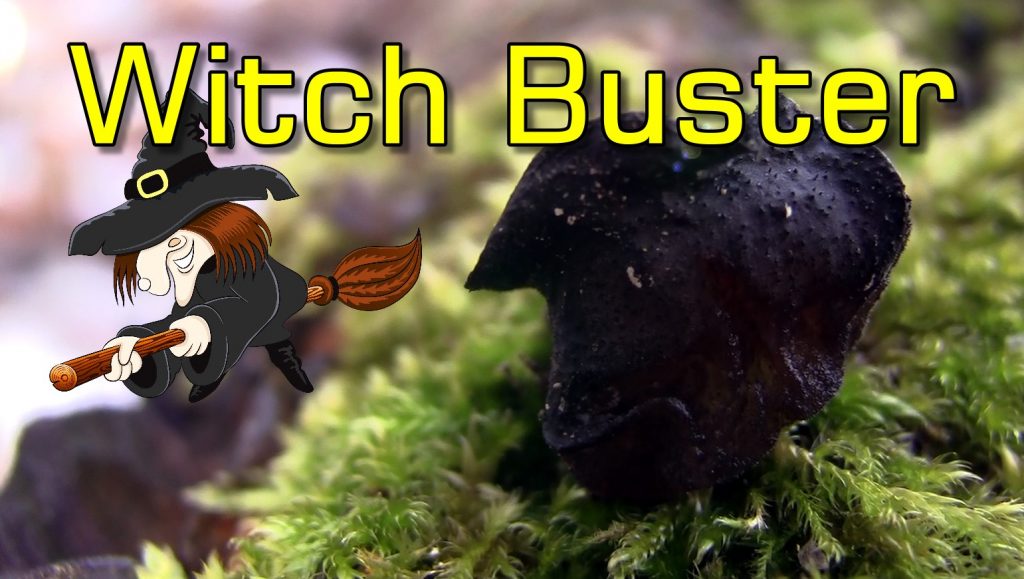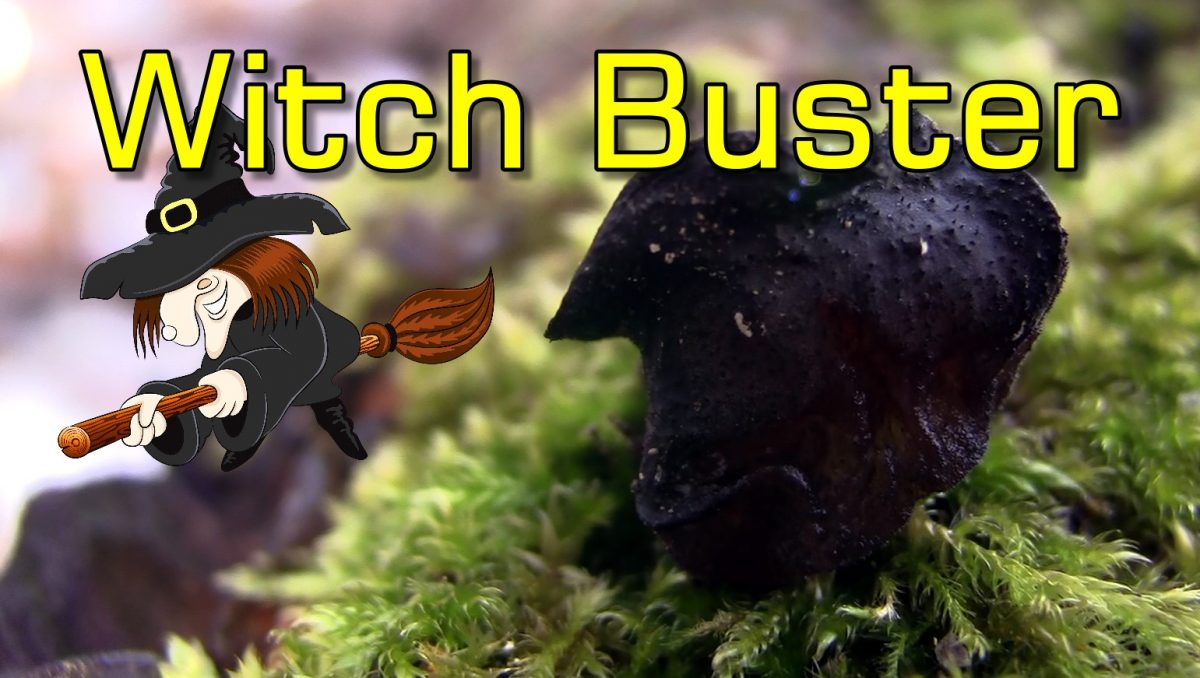
In the depths of winter, when the world seems draped in a blanket of snow and the chill of the season is palpable, nature reveals its resilience in unexpected ways. Amidst the frozen landscapes, a peculiar organism thrives, defying the harsh conditions with its eerie presence. Meet Exidia Glandulosa, commonly known as Black Witches Butter, a fascinating fungus that captivates with its peculiar characteristics and intriguing folklore.
Encountering Black Witches Butter
Black Witches Butter is a gelatinous fungus belonging to the family Auriculariaceae. Despite its sinister-sounding name, this species is more enchanting than ominous. It can often be found clinging to decaying wood, particularly on branches and trunks of broad-leaved trees. What sets it apart is its remarkable ability to persist even in the coldest of seasons. While many fungi lie dormant during winter, Black Witches Butter thrives, adding a touch of mystique to the frost-covered landscapes.
Distinguishing Black Witches Butter from Tremella Mesenterica
It’s worth noting that Black Witches Butter shares its common name with another species, Tremella Mesenterica, commonly known as Yellow Brain Fungus or Witch’s Butter. While both fungi exhibit gelatinous textures and are often found in similar habitats, they can be distinguished by their coloration. While Tremella Mesenterica is typically yellow-orange in hue, Exidia Glandulosa takes on a darker, almost black appearance, hence the name “Black Witches Butter.” Additionally, their spore-producing structures differ, with Tremella Mesenterica forming irregular lobes resembling brain tissue, while Exidia Glandulosa typically forms smoother, more rounded structures.
Resilience in the Cold
One of the most intriguing aspects of Black Witches Butter is its ability to endure freezing temperatures. Even when the countryside is blanketed in snow and the mercury plummets, this resilient fungus remains active. Remarkably, it can even survive being frozen solid. When temperatures decrease, it can spring back to life, resuming its growth and metabolic activities with astonishing resilience. This remarkable adaptation allows it to thrive in environments where other organisms struggle to survive.
Folklore and Mythology
The folklore surrounding Black Witches Butter adds an extra layer of mystique to this enigmatic fungus. In some traditions, it is believed that by harvesting Black Witches Butter and tossing it into a fire, one can ward off witches and other malevolent entities. This belief likely stems from the fungus’s association with darkness and its appearance during the cold, eerie months of winter. While there is no scientific basis for these beliefs, they add to the intrigue and cultural significance of this fascinating organism.
Conclusion
Black Witches Butter, with its eerie name and mysterious presence, serves as a reminder of nature’s resilience and capacity to thrive in the most unlikely of conditions. As winter casts its icy grip on the landscape, this peculiar fungus continues to fascinate and enchant those who encounter it. Whether admired for its unique characteristics or pondered for its role in folklore and mythology, Exidia Glandulosa stands as a testament to the wonders of the natural world.





